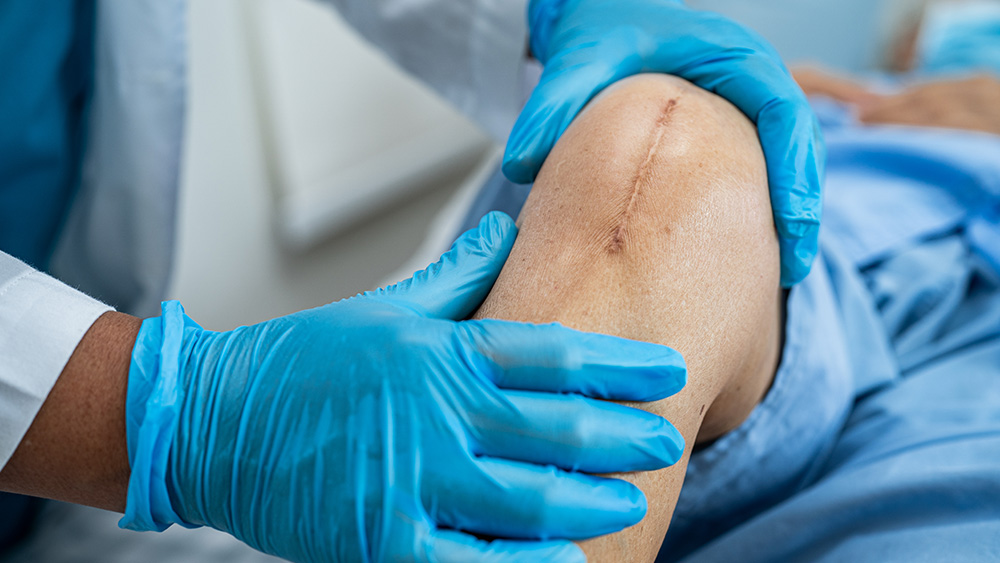Key Takeaways
- Before getting a joint replacement, talk with an orthopedic specialist about non-surgical treatment options.
- The replacement uses parts made of metals, plastic, and sometimes ceramic to replace weakened cartilage.
- Recovering from a joint replacement surgery looks different for everyone. Your medical team will help you every step of the way.
Unlike many surgical procedures, getting a new joint is often a matter of choice. Joint replacement can mean an end to many years of discomfort and pain, but the “when,” “why” and “who” are up to you.
To understand more about what’s involved in a joint replacement procedure, we asked Timothy Wagner, MD, an orthopedic surgeon at our Henrietta Medical Campus, for answers to common questions about joint replacements.
Should I have a joint replacement done?
While you might end up needing a joint replacement, there are many treatment options available to patients before a surgery is necessary. Our orthopedic specialists offer therapies and treatments including:
- Medications (over-the-counter and prescription)
- Steroid injections
- Alternative medicine (acupuncture, etc.)
- Interventional orthopedics (plasma rich plasma therapy, bone marrow concentrate, etc.)
If you have tried some or all of these treatments and still answer “yes” to any or all of the following questions, joint replacement may be for you:
- Do you have a painful, disabling joint disease, possibly the result of severe arthritis?
- Have you had unsatisfactory results from less invasive procedures like arthroscopy, injections or physical therapy?
- Have you had previous surgeries that didn’t relieve your symptoms?
- Are you unable to enjoy hobbies and activities you love and maintain an active lifestyle due to pain in your hip, knee, or shoulder?
What happens during a joint replacement?
A replacement uses parts made of metals, plastic, and sometimes ceramic to replace the cartilage that has deteriorated.
Hip and shoulder replacement procedures are similar in the fact that they are both a “ball and socket.” The femoral head (or the “ball” of the hip joint) is replaced with a titanium stem and either a ceramic or cobalt chrome head. Most commonly, the hip socket is replaced with a titanium hemispherical cup and a plastic (polyethylene) liner. Shoulder replacements are also similar in their design and the materials used.
How long will my joint surgery recovery take?
Recovery from joint replacement surgery varies for patients based on many factors including your level of activity prior to surgery, health, conditioning and many others.
Hip replacement patients may be able to use a walker for a very short time (less than 1 week) and transition to cane for a short period as well before getting around completely independently.
Knee replacement patients often need an ambulatory aid, like a walker or cane for slightly longer.
After a shoulder replacement procedure, you should be able to pick up activities gradually, based on your surgeon’s recommendation.
Patients can expect to be driving a car two to four weeks after surgery. Between 6 and 16 weeks after surgery, many patients are able to enjoy the activities they love like golf, doubles tennis or bowling.
Surgical approaches vary for both hip and knee replacement, so be sure to ask your surgeon how he or she performs the operation, the pros and cons, and what best suits you for a speedy recovery.










